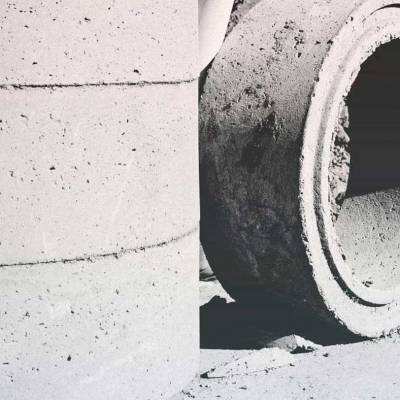

Cement prices will experience a decline of 1-3% during this fiscal year. This comes after a period of significant growth, with a compound annual growth rate (CAGR) of 4% over the past four years, leading to a new all-time high of Rs 391 per 50 kg bag in the previous fiscal year.
The increase in prices was primarily due to disruptions caused by the Covid-19 pandemic, followed by a sharp rise in input costs, particularly for thermal coal. The situation was further exacerbated by the Russia-Ukraine war. However, the current trend is expected to reverse due to intensified competition and a decrease in input costs.
Since the beginning of 2023, there has been a moderation in prices, attributed to the gradual decline in energy costs and the efforts of manufacturers to gain market share during the seasonally strong fourth quarter. Sequentially, prices fell by an average of 1% to Rs 388 per bag in the fourth quarter of the previous fiscal year, despite manufacturers holding high-cost inventory. However, prices remained elevated compared to the previous year.
The increased competitive intensity is evident from the fact that, for the first time in several years, there were no price hikes before the monsoon season in April and May of this fiscal year, despite steady demand. The top five players in the market accounted for a volume share of 55% in the last fiscal year, compared to 49% before the Covid-19 pandemic, indicating their efforts to improve their market share.
Hetal Gandhi, the director of Research at Crisil Market Intelligence and Analytics, stated, "The company anticipates strong year-on-year cement demand growth of 8-10% this fiscal year, which is a pre-election year. However, this growth is not expected to drive prices up. On the contrary, prices are projected to decline by 2% year-on-year to Rs 382-385 per bag, primarily due to relatively moderate growth in the trade segment."
The situation regarding input costs also favors lower prices. Australian coal prices experienced a decline of 10% and 36% quarter-on-quarter in the third and fourth quarters of fiscal year 2023, respectively, after reaching multi-year highs in August and September 2022.
Also read:
UltraTech tops 2023 sustainability rankings as no. 1 cement
Long-lasting effects of refractory bricks